Antalya is beautiful every season, each season has a different value. Wandering around Antalya, and suddenly realized that it takes more time to explore Antalya. Antalya is a city of secrets that await the discovery of a new facet every day. It's like Two Doors Inn, not fully known even though it's located right in the city. It had "Two Doors" in its name, but it had a third door that was added later.
No matter which store you step into, a breath of cool air will greet you. You will feel the splendor of the Turkish flags inside, contributing to a different atmosphere for the place. You can observe the shops and talk to as many people as you like without being disturbed by anyone. Scammers are almost non-existent in this 'han'. When you come to another country for the purpose of tourism, you have the opportunity to choose to buy a satisfactory souvenir for your loved ones in a comfortable space with many choices, then İki Kapılı Han This is where you should be thinking.
İki Kapılı Han, which brings peace to everyone in the present time. It also has an interesting archive of its history. Hüseyin Çimrin, known as Antalya's civil historian, said of saidki Kapılı Han, “According to the Konya Provincial Yearbook published in 1875, there used to be 7 inns in central Antalya. From these rows of inns that have lost their use, today only One Door and Two Door inns remain.
İki Kapılı Han became a tourist market in 1999
If you walk north from Kalekapısı, the center of Antalya, on Kazım Özalp Street, which is now closed to traffic and turn to the third street on the right, you will arrive at İki Kapılı Han. This market, along with Tek Kapılı Han and Pazar Baths, was protected in 1997 by the Antalya Natural and Cultural Heritage Conservation Board; It was restored in 1999 and turned into a tourist market.
İki Kapılı Han has an 'L'-shaped courtyard, once surrounded by shops and warehouses downstairs, while on the second floor are simple rooms for tourists. In the compound the shops and guest rooms resembled the monks' dormitories. Wooden balcony railing, low arched shop on the ground floor. The walls are made of rubble, partly hewn stone and brick beams, and the ceiling is iron beams. Simple passenger rooms on the second floor, covered with wooden beams and Turkish tiled roofs; There is a large well in the courtyard.
The area, known today as Kalekapısı, has been a commercial district of the city since the 14th century. Evliya Çelebi gives the following information about the Antalya inns he visited in 1672: “ There are ten inns and covered markets in Antalya. These are Bezir, Kapan, Dovalı. Rice, Muratpasa, Sergeant, Urum Ali, Serce and Dizdar Cafer Aga Inns. Dizdar Cafer Ağa Han, with 600 shops, is located outside the castle, while other inns are inside the castle. There are also 190 houses and 500 shops in 4 Greek and 20 Muslim quarters outside the city walls. According to this information, we can see that by the 17th century Antalya's commercial districts had moved away from the city walls. Thus, it is understood that the area ki Kapıl was Han located was a shopping center in the 17th century as it is today.
İki Kapılı Han in Antalya was built in the late 19th century by a Greek named Pandelli Kosti Pehlivanoğlu. The only document of İki Kapılı Han's construction date is a metal fuse plate from an Australian company on one of the shops in the west district. This plaque dates to 1860 and when compared with similar buildings in Kaleiçi and Balbey, it is found that the inn was built in the second half of the 19th century.
 Register
RegisterSign in Travel Agent
Sign in Supplier
Sign in Affiliate
Sign in Guru

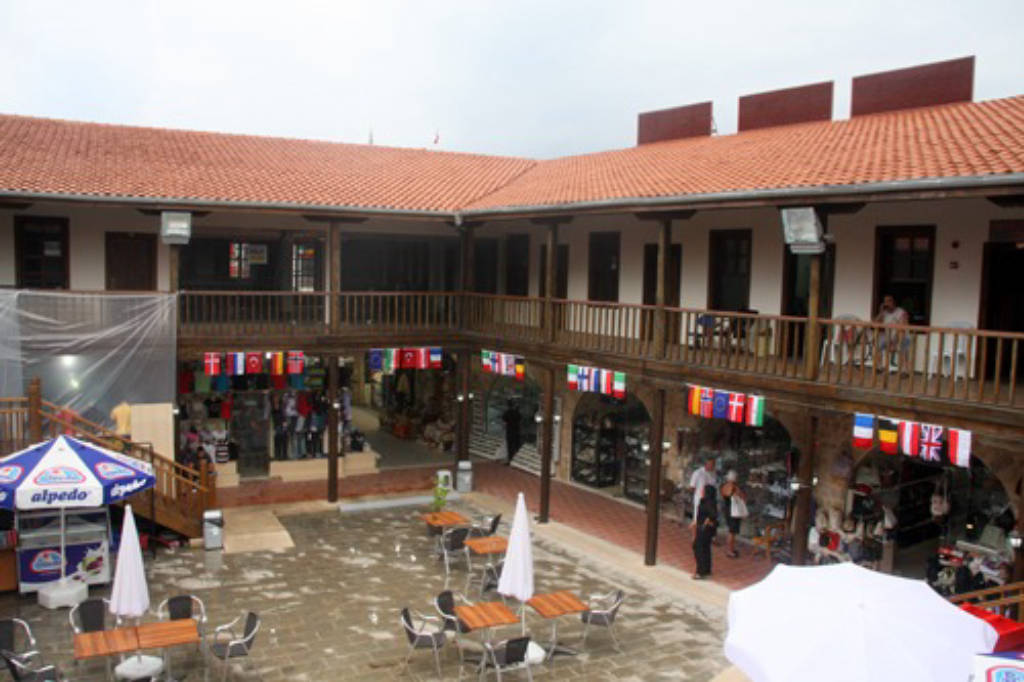
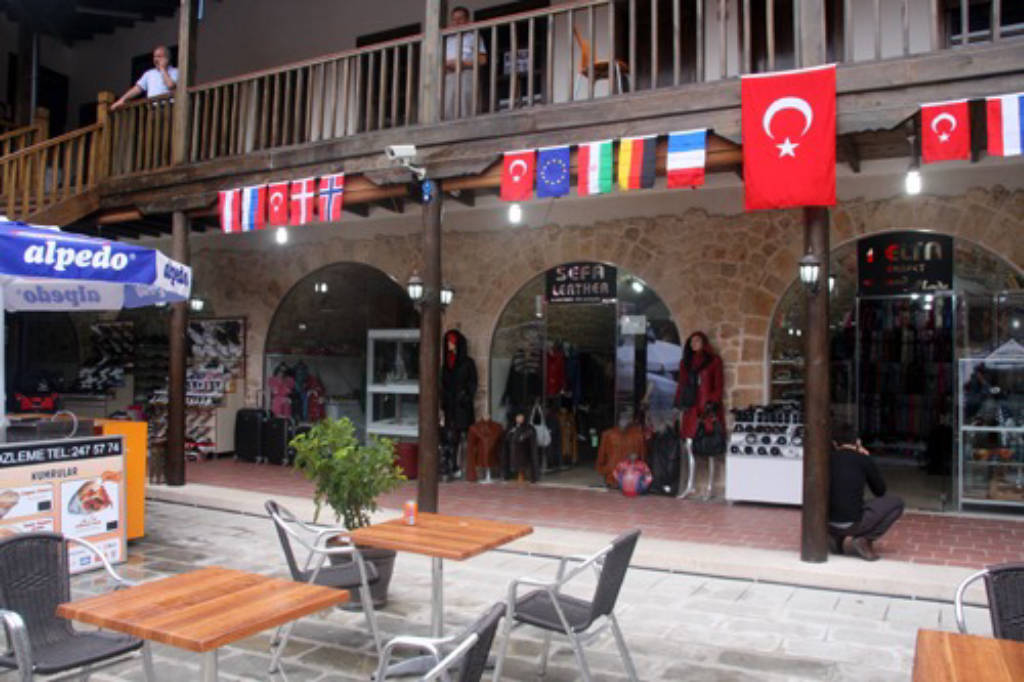
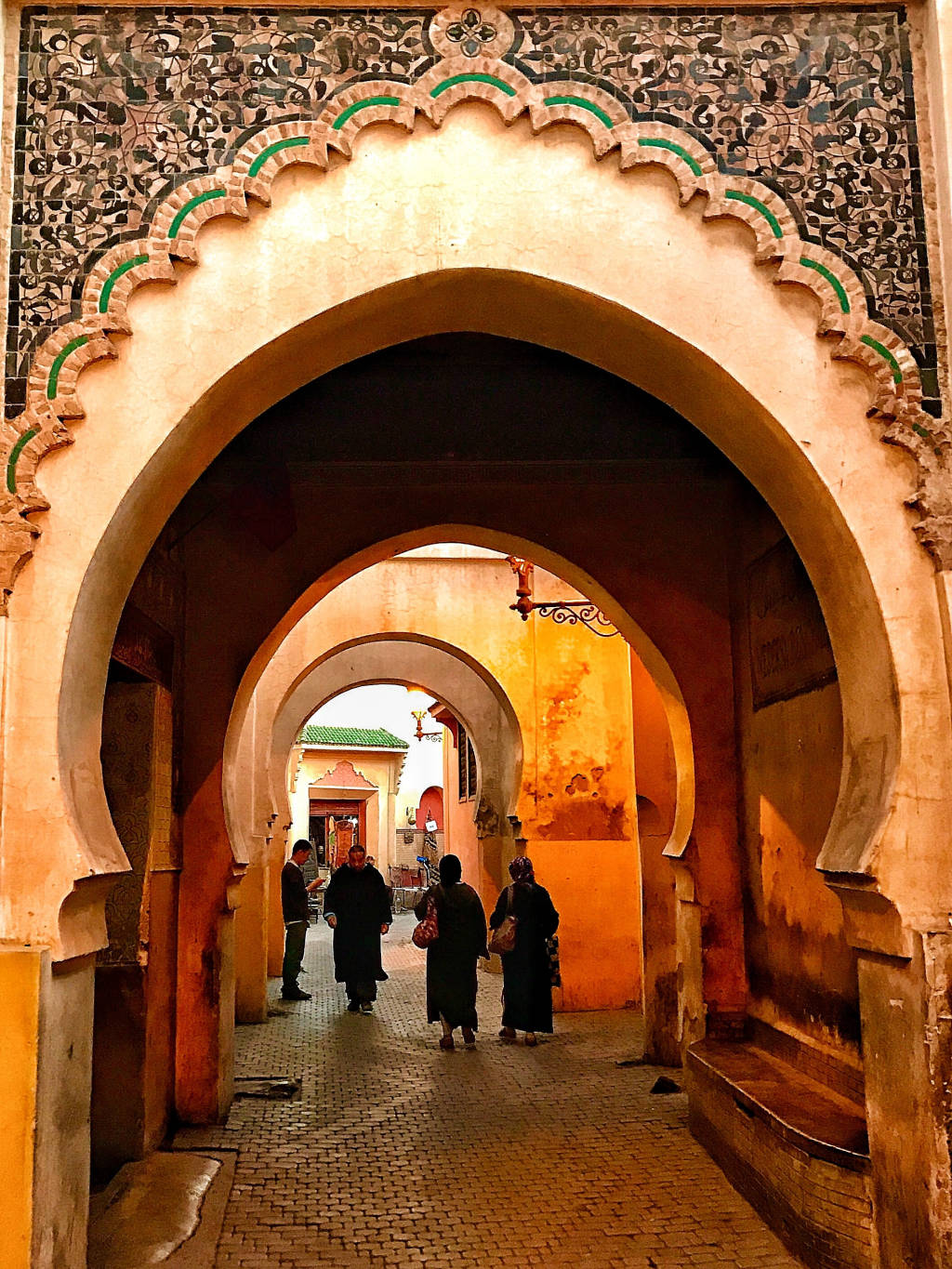
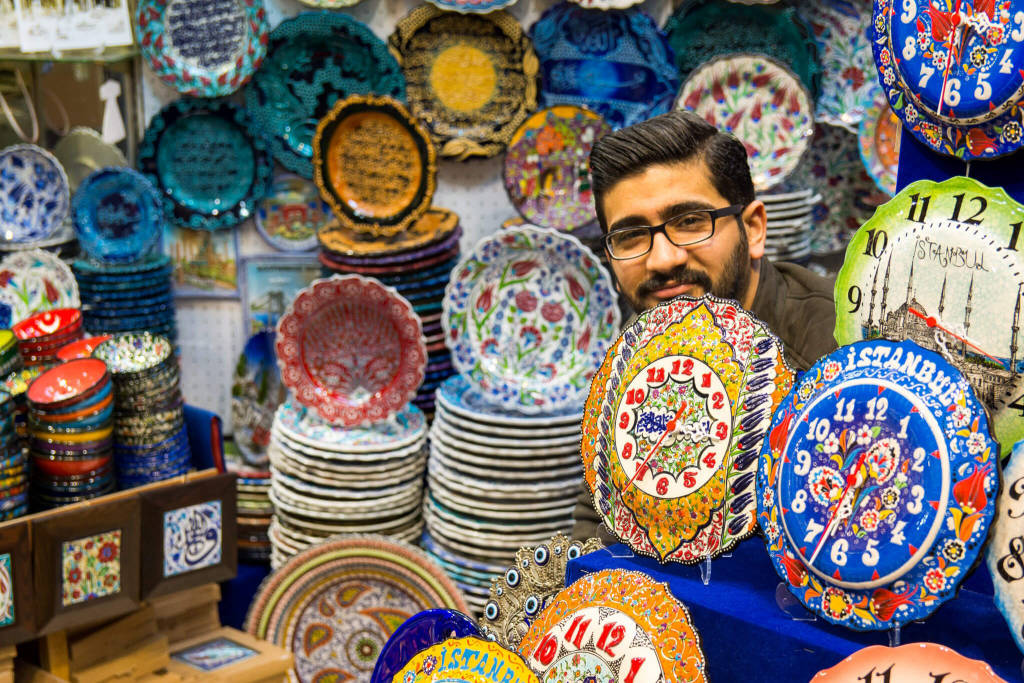
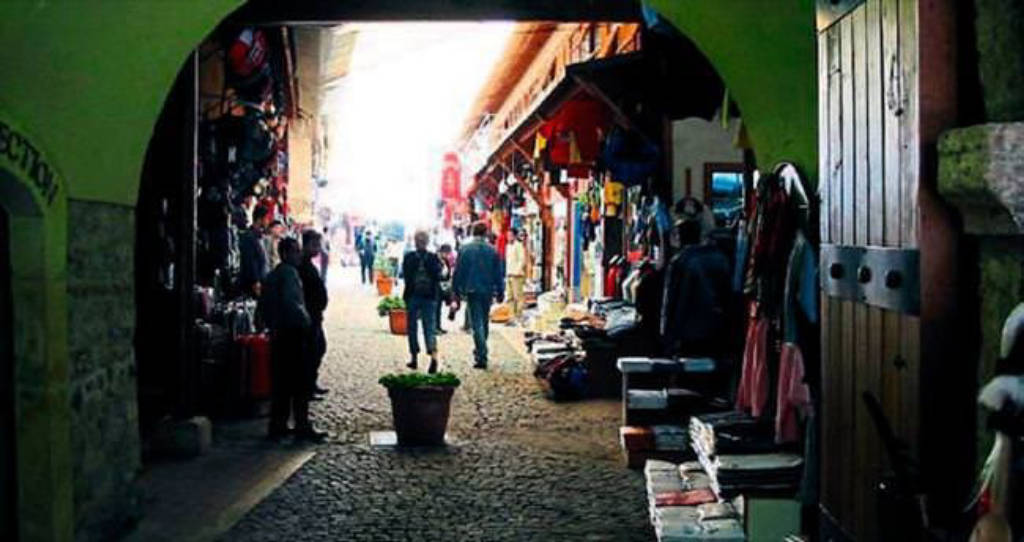
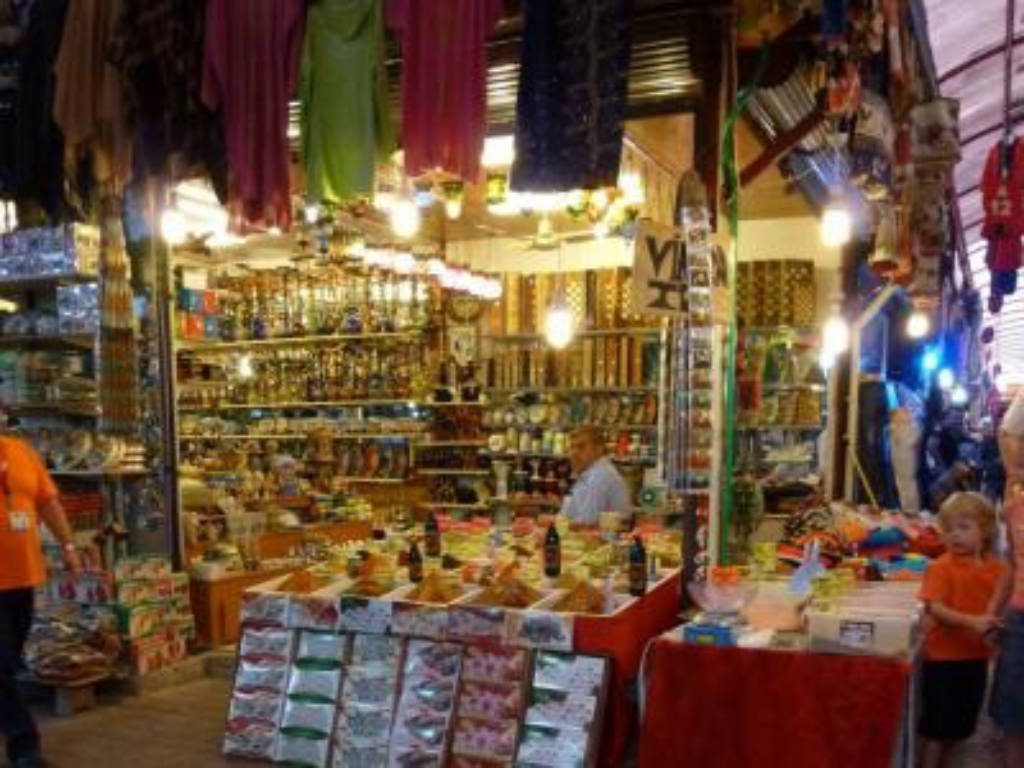
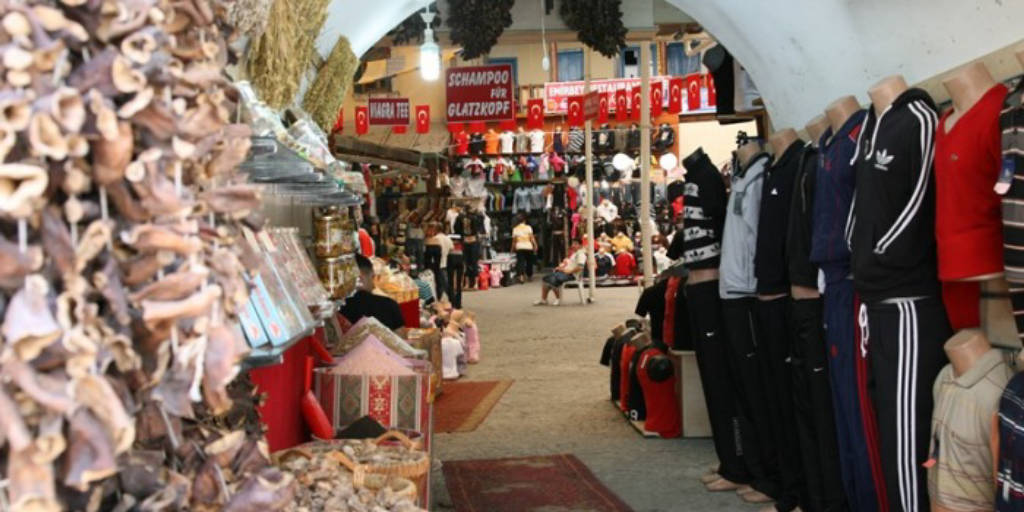







 Balbey Mahallesi, 403 Sok. İki Kapılı Han D:27/43, 07040 Muratpaşa/Antalya,
Balbey Mahallesi, 403 Sok. İki Kapılı Han D:27/43, 07040 Muratpaşa/Antalya,